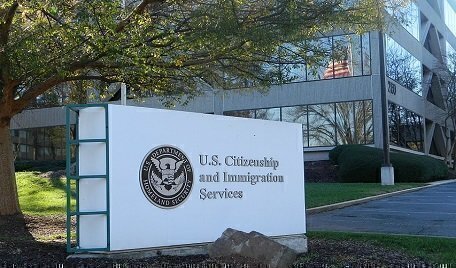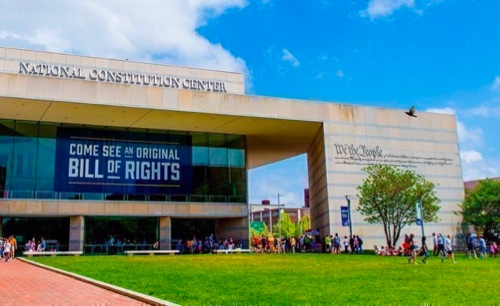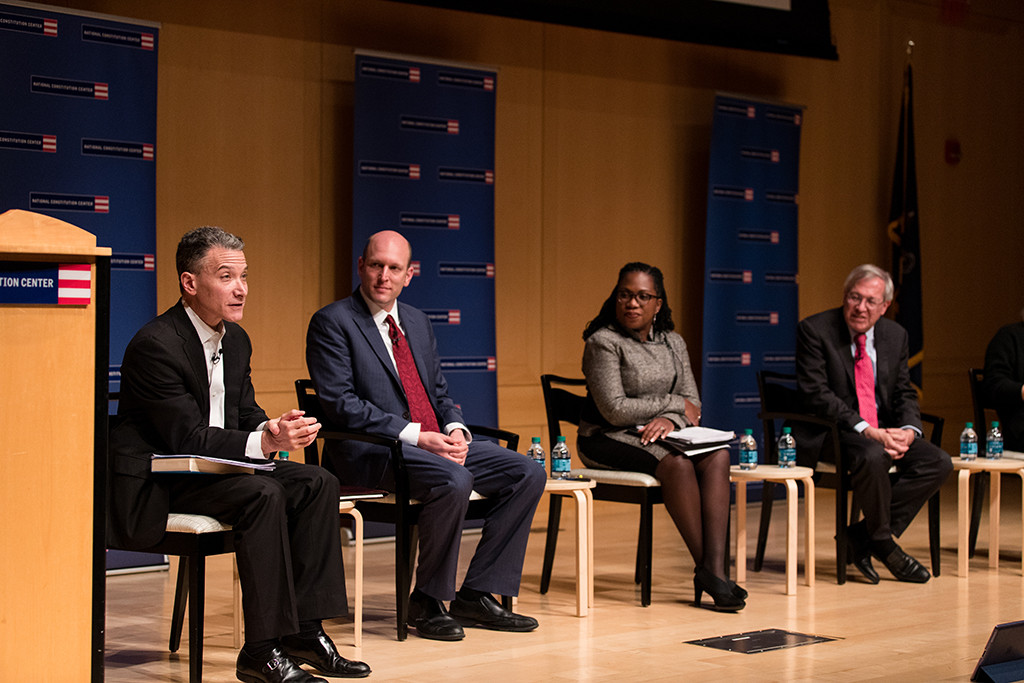President Donald Trump’s latest executive order about “sanctuary jurisdictions” has begun a second round of legal battles over the constitutionality of federal government sanctions against state and local governments.
 Back in January 2017, Trump issued his first executive order about sanctuary jurisdictions, triggering a legal battle that ended when the Biden administration declined to pursue three cases for consideration at the Supreme Court in March 2021.
Back in January 2017, Trump issued his first executive order about sanctuary jurisdictions, triggering a legal battle that ended when the Biden administration declined to pursue three cases for consideration at the Supreme Court in March 2021.
Now, on April 28, 2025, President Trump issued another executive order, Protecting American Communities from Criminal Aliens, directing his administration to develop a list of states and cities considered sanctuary jurisdictions, and to punish such jurisdictions that “use their authority to violate, obstruct, and defy the enforcement of Federal immigration laws.” The order requires the Departments of Justice and Homeland Security to publish an official list of sanctuary jurisdictions within 30 days of the order’s issue date.
The order also allows the Office of Management and Budget, as permitted by law, to suspend and terminate federal funds for sanctuary jurisdictions, including grants and contracts. And it compels the attorney general to “identify and take appropriate action to stop the enforcement of state and local laws, regulations, policies, and practices favoring aliens over any groups of American citizens that are unlawful.”
The executive order came four days after a federal judge temporarily blocked the Trump administration’s effort to withhold federal funding from 16 jurisdictions that it claims will not cooperate with federal immigration authorities.
“Precedent in the Ninth Circuit and the orders of this court show why the Cities and Counties have established that they are likely to prevail on the merits of at least their separation of powers, Spending Clause, and Fifth and Tenth Amendment claims,” wrote District Judge William H. Orrick, citing several constitutional precedents. Judge Orrick noted that he issued a similar injunction in 2017 in San Francisco v. Trump, a case brought to his court during the first Trump administration.
The background on sanctuary jurisdictions cases
According to the Congressional Research Service, the term “sanctuary jurisdiction” does not have a fixed legal definition. The CRS says the Trump administration defines sanctuary jurisdictions as state and local governments that restrict their own information sharing with Immigration and Customs Enforcement (ICE) about people present in the United States without legal permission. Such jurisdictions, it also believes, bar local law enforcement from complying with ICE requests to hold suspected people in local custody for up to 48 hours so ICE may take a person into custody for removal purposes. The Immigrant Resource Center, which advocates for immigrant rights, does not keep a count of jurisdictions, but it looks at countywide involvement with ICE as an indicator of activity, says the CRS.
The case referenced by Judge Orrick was one of several sanctuary jurisdiction cases considered in the federal court system during the first Trump administration. In February 2017, Santa Clara County in California sued after President Trump issued an executive order blocking federal funds from the county as a sanctuary jurisdiction. The city of San Francisco filed a similar lawsuit, and the cases were combined in Judge Orrick’s federal court.
On April 25, 2017, Judge Orrick issued a nationwide injunction against President Trump’s executive order. The case then went to the Ninth Circuit Court of Appeals, which upheld the lower court’s summary judgment but vacated its nationwide injunction. A divided three-judge panel ruled that the sanctuary jurisdictions executive order violated the constitutional principle of the separation of powers and the Constitution’s Spending Clause, which vests exclusive power to Congress to impose conditions on federal grants.
The dissenting judge believed that the case was not ripe for review at the appeals court. The appeals court did not rule on the lower court’s finding that the executive violated the 10th Amendment’s anti-commandeering principle, since it resolved the case by ruling the order violated the separation of powers principle.
The Supreme Court’s decision from 1997 in Printz v. United States is understood as reaffirming states’ rights. In his majority opinion, Justice Antonin Scalia wrote that, “the Federal Government may neither issue directives requiring the States to address particular problems, nor command the States’ officers, or those of their political subdivisions, to administer or enforce a federal regulatory program.” A more recent decision, Murphy v. NCAA, from 2018, reinforced that decision.
Two other federal courts found the 2017 Trump executive order as unconstitutional as applied in Chicago and Philadelphia. However, a decision in the U.S. Court of Appeals for the Second Circuit in 2020 came to a different conclusion, creating a split among the federal courts. In State of New York v. Department of Justice, a unanimous three-judge panel ruled for the Justice Department. “We cannot agree that the federal government must be enjoined from imposing the challenged conditions on the federal grants here at issue. These conditions help the federal government enforce national immigration laws and policies supported by successive Democratic and Republican administrations,” wrote Federal Circuit Judge Jose Cabranes.
The Second Circuit panel disagreed with other courts that the executive order violated the 10th Amendment’s ban on the federal government commandeering local government resources. “As the Supreme Court has repeatedly observed, in the realm of immigration policy, it is the federal government that maintains ‘broad’ and ‘preeminent’ power, which is codified in an ‘extensive and complex’ statutory scheme,” Cabranes said.
In March 2021, the Biden administration filed a petition with the Supreme Court to withdraw the Second and Ninth circuit cases from consideration at the justice’s March 5, 2021, conference, where the Court considers cases to resolve circuit splits. The Biden administration had replaced the Trump administration as a party in the cases, and it cited powers under a court rule to dismiss the cases “without further reference to the Court” if both parties agreed to a dismissal.
However, a new round of litigation is beginning again relating to President Trump’s sanctuary jurisdiction policies. On Feb. 6, 2025, the Trump administration filed a lawsuit against the city of Chicago to block local laws it claims block the enforcement of federal immigration laws. Back in 2017, a similar legal battle started between two parties, which ended in 2020 when the Seventh Court of Appeals ruled in favor of the city of Chicago and against the administration’s policy of holding back grant funds from cities it felt were uncooperative.
The next day, the lawsuit currently at Judge Orrick’s court was filed in the U.S. District Court for the Northern District Of California against the Trump administration, with Portland, Ore., New Haven, Conn., and King County, Wash., initially joining San Francisco and Santa Clara as plaintiffs. (10 other cities joined the complaint after the initial filing).
“Here we are again,” commented Judge Orrick in his more recent court order.
Scott Bomboy is the editor in chief of the National Constitution Center.







